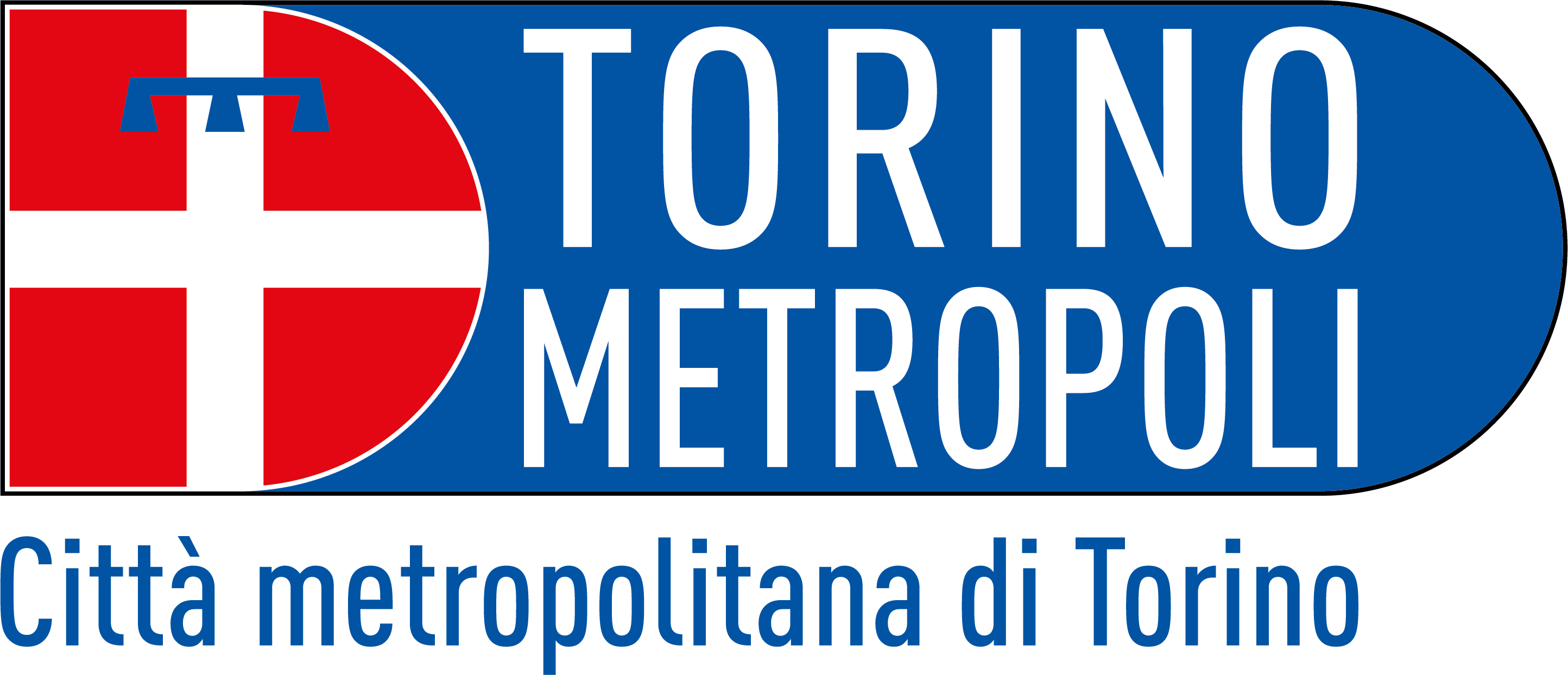The beverage giant Coca-Cola has already for several years started a path to improve the environmental, social and health impact resulting from its production activity and from the products placed on the market.
In 2018 Coca-Cola presented at the World Economic Forum in Davos, Switzerland, the World Without Waste plan, through which it committed itself by 2030 to the recovery of an amount equivalent to its packaging placed on the market, packaging that must be 100% recyclable (objective that in Italy has already been realized). This recovery will take place thanks to the economic support of the collection and recycling systems present in the countries where Coca-Cola operates.
By 2025 the company has also set itself the goal of bringing the recycled plastic content (rPET) of its bottles to 50% (rather ambitious target, according to the 2020 data that reported a percentage of rPET equal to 11%)
More recently, the multinational has integrated its ESG (Environmental and Social Governance) sustainability plan, the strategy of a company aimed at generating a positive impact on the environment and society with the aim of making at least 25% of its packaging reusable by 2030. The goal is to invest in vacuum to make (glass or reusable rigid plastic packaging) for products for retail in supermarkets and even those in vending machines.
It is by no means obvious that Coca-Cola will be able to meet its commitments, given that not all the markets in which it operates have effective collection and recycling systems. In fact, recycling systems are present only in 20 of the 200 countries in which the company is present.
The documentary "Coca Cola 10 billion bottles problem" shot in various countries where there are no recycling systems such as Samoa and Uganda, has found in fact as in most markets where Coca-ColaCola is present the environmental impact generated by the waste of its packaging is much higher than the compensation in a green key that the company is trying to operate in the most advanced markets.
Given the commitments of Coca-Cola (which, also through its subsidiaries, accounts for 50% of the world market of carbonated drinks)The association Comuni Virtuosi and Green Peace have appealed to other national and multinational companies in the sector to follow the example of Coca-Cola and commit themselves to reducing the impact of their products.
However, we need to think in the margin: however relevant, the sustainable transition that Coca-Cola is trying to operate, as well as other major multinationals, perhaps lacks planning in making the packaging chain truly sustainable. Here comes the concept of extended responsibility of the manufacturer, who should not only worry about making his finished product recyclable, but also to operate throughout the life cycle.
On the merits, if there is really the intention to generate circularity and reduce the total amount of waste, there must also be plants suitable for this. It is therefore necessary for the producer himself to create the necessary conditions for this to happen.
For those who want to deepen the points of the World Without Waste campaign, the latest sustainability report for 2020 is available at this link.
